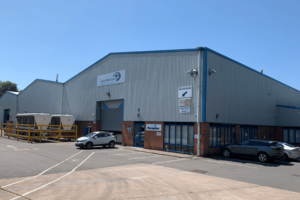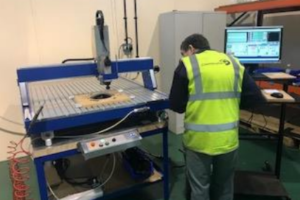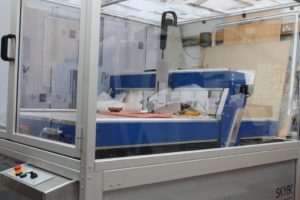June 23, 2016

Intellectual Property: What You need To Know
There are four main types of IP rights:
The main benefit of IP is that it gives the owner the right to stop another party from using that right. So, the owner of a trade mark can stop another company from using branding – whether it is on a product, website or brochure – which has the same or similar trademarks for the same or a similar purpose. A patent gives one the right to stop another party from practicing the same invention, regardless of whether or not it was copied or not.
Commercially, then, IP gives the rights owner a competitive edge as other parties cannot use the same right without fear of facing legal action from the rights owner.
This is important as it means that the investment made by a company, for example, to make an innovative brand or product is protected against another company walking away with the fruits of that investment. In fact, a recent study found that nearly 80% of a company’s value lies in its intellectual property. You literally cannot afford to ignore it!
Common mistakes
Public disclosure. Making a public disclosure before filing a patent application could mean that valid patent is no longer possible. You need to be sure any inventions are kept confidential before a patent application is filed. Having a meeting with another company to discuss the invention may count as a public disclosure unless a suitable non-disclosure agreement is signed first.
Company names. Just because you cannot find another company listed at Companies House having the same name does not mean it is free to use. Trade mark registers are where trade mark registrations are listed and are where one must look to identify any registrations to the same name.
Brands. Settling on branding and starting a marketing campaign without checking if it is free to use first could lead to issues. This could be really costly if it turns out another company owns a trade mark registration to the brand and takes action. It is irrelevant whether or not the original company copied the registered trade mark. Running some clearance searches for possible issues is a good way to limit this risk.
Copyrighted materials. Using copyrighted material without the owner’s permission is easily done. Downloading images from the internet and using them on a website, advert or the like without first checking if they are free to use could mean being sued for copyright infringement. This can be avoided by using internet sites which have stock images for use without restrictions.
Ineffective IP strategy. Literally all aspects of a product could potentially be protected by IP. The branding (trade marks), the images used on the box / manual (copyright), any innovative features (patents) and its appearance (designs). By not making this evaluation, potential value is being lost to a competitor who might adopt any of these things and whom the original owner could be powerless to stop.
Commissioning R&D. Commissioning a consultant or a partner company to develop a product but not agreeing beforehand who will own the IP is a common occurrence. Even if you have paid another party to do this work, it does not mean you own the rights from the resultant work product. You must have a prior agreement defining IP ownership beforehand to avoid this scenario.
No trade mark registrations. If one does not have a trade mark registration it is very difficult to stop another party from using the same or similar trade mark. This is potentially very embarrassing and damaging if another company comes along and adopts the same name. Their activities could damage the original company’s reputation if, for example, they sell inferior products which bear the same name.
Do you need more information? Contact our sales and technical team, they are always happy to help.

July 04th, 2019
Leading technical injection moulder, Counterplas, has set ambitious growth targets, buoyed by their recent move to a large new facility in South Staffordshire.

February 02th, 2018
Counterplas have invested in the latest Rhino version 5 software, widely acclaimed as the world’s most robust 3-D development platform for specialty modelling, rendering, analysis, and fabrication tools.

January 08th, 2018
We have invested in a new CNC routing system for production of illuminated bespoke street furniture for a new client in Germany. A ‘blank’ is injection moulded and then routed to provide one of 270 variants.